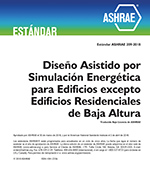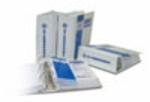Description
Retrofitting an existing wall assembly to make it more energy-efficient is probably the most difficult technical challenge facing the building industry. Common approaches used today include cavity fill techniques, adding continuous foam or fibrous insulation, or adding an insulated cladding or siding product. Filling wall cavities with loose fill insulation is the most common practice, but conventional “drill and fill” techniques result in damage to interior gypsum board that is difficult to repair to hide the damage completely. Performing the task from the exterior side requires the removal and replacement of the cladding system and adds appreciable cost to the project. Even after the work is completed, the wall system is usually under-insulated by today’s standards. Continuous insulation can be applied to the outside of the exterior sheathing. Again, the removal and replacement of the cladding system and adds appreciable cost to the project. The addition of this amount of continuous insulation requires that all the architectural details be re-trimmed. Today’s state of the art in terms of energy-efficient cladding is expanded polystyrene foam insulated vinyl siding with a minimum thermal resistance rating of 2 hr-ft2-°F/Btu (0.35 m2-°K/W). This paper will report on a research project to produce vacuum-insulated vinyl siding that would represent at least a 5-fold thermal improvement from currently available insulated siding products. It has sufficient R-value to meet the continuous insulation requirements of the IECC in all climate zones and has a thin profile that will facilitate its application to existing homes without the need for expensive re-trimming of the architectural details. The paper will include issues associated with the design of the insulated siding, the development of prototypes, laboratory testing of the thermal performance of the cladding system, and field testing to measure the in-situ thermal performance and the durability of the cladding product.
Citation: Thermal Buildings XIV 2019
Product Details
- Published:
- 2019
- Number of Pages:
- 9
- Units of Measure:
- Dual
- File Size:
- 1 file , 970 KB
- Product Code(s):
- D-Bldgs19-069




